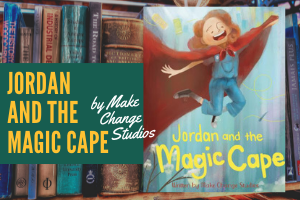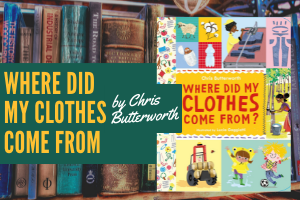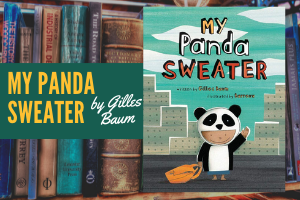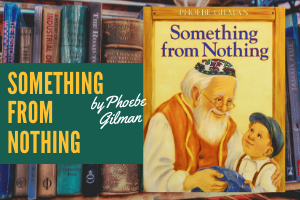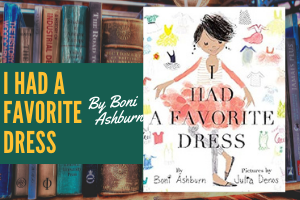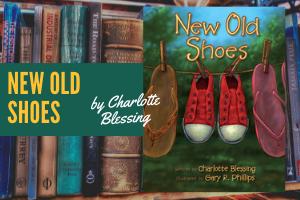 Recycling
Recycling
Back to School

The time has come…that time of year when children ages five to eighteen, and sometimes younger and many times older, are making preparations to return to school. For some this is full of worries: Who will my new teacher be? Will I like him/her? Will I have friends in my new class? And for many this is full of excitement: I can’t wait! I get to see all of my friends again. Mommy/Daddy/Grandma always takes me back to school shopping. Whatever your children may be feeling as school approaches and these first few weeks of school begin, we are wishing each of you a great year. And as you head to the stores for back to school shopping and return home to reevaluate dressers and closets and stand amazed by how tall your child has grown over a few short summer months, we are here for all of your “no longer fits or too worn out” needs.
My! How You’ve Grown!
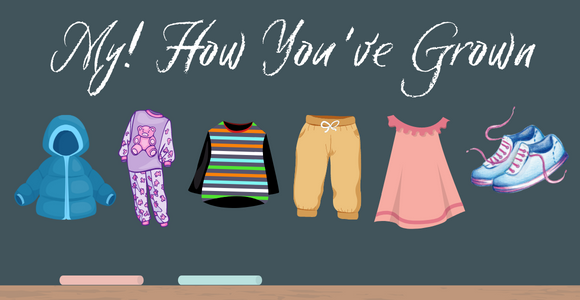
The days are long and the years are short, and children never stop growing it seems. Especially as the seasons change and your children start wearing pants and long sleeves, it becomes quickly apparent just how much they have grown. Chicago Textile Recycling accepts all children’s clothing and shoes, even those that are stained, torn and very worn. Here is a list of our acceptable items and the following are some categories to sift through as you reassess what still fits.
Pants and Shorts
Just like in our blog on Spring Cleaning, it’s important to have lists or categories of what to go through as you are cleaning out. The first textile it seems children outgrow are pants. Seemingly overnight they can grow another inch no longer fitting their entire wardrobe of pants. Similarly shorts can go from fitting at an appropriate length to being too short or too tight as waists expand likewise.
Shirts
In similar fashion to pants, long sleeved shirts is another category that can change overnight. As arms lengthen, sleeves that once fit down to the wrist can a day later be much shorter. T-shirts also can quickly go from hip-length to midriff proportions, necessitating a trip to the donation pile.
Pajamas
Closely related to pants and shirts, pajamas too can grow shorter and tighter over years, or even months. One big growth spurt can lead to an entire collection of pajamas no longer fitting. Back to school is a good time to sift through as seasons also change around this time and little ones will move from pajama shorts to pants and even fleece or flannel.
Underwear and Swimsuits
Another category to clean out is underwear and swimsuits. As bodies grow bigger and longer, these textiles can grow tighter and shorter, deeming them inappropriate to wear. As children move out of swim season and into Autumn as they start school, it is a good time to go through swimsuits and see what can be donated to those in need.
Socks and Shoes
Bodies grow in length and waists grow in circumference, and feet grow as well through the years. Back to school is a great time to reassess what size feet your children have. Typical of back to school shopping, new shoes are oftentimes purchased to complete the look so knowing what size feet your little ones have is necessary. When they size up, make sure to go through shoes and socks and donate any of these that no longer fit.
Outerwear
The last category to clean out is outerwear. Jackets and coats, hats, gloves, snow bibs and scarves, these items typically only last a few years at best as bodies change and grow. Quicker than we realize, soon after school begins, temperatures will cool and many of these will be needed. As you sift through other clothes and shoes, make sure to look through these items too so that you know what you need for the Fall and Winter ahead.
Back to School Shopping

After we clean out all of the ill-fitting and worn out textiles, it is time to get ready for the school year ahead. For many this means heading to malls or stand alone stores for new item purchases. However, this could also mean thrift shopping and consignment sales for barely worn and new to you purchases. If your children have grown a complete size up in shoes or clothing, buying everything new will likely require more than your budget will allow. At Chicago Textile Recycling, we strongly encourage donating textiles AND buying gently used textiles when in need of clothing and shoes. This cuts down on textile waste and environmental harm from creating so many new items. Read more at our blog here on why donating textiles and buying used is important.
As you complete your cleanout of children’s clothing and shoes for the new school year, please contact us to locate your nearest donation bin or partner resale store. And HAVE A GREAT YEAR!


